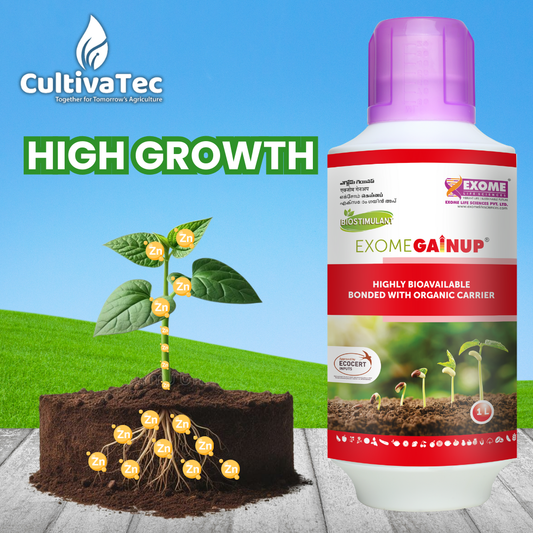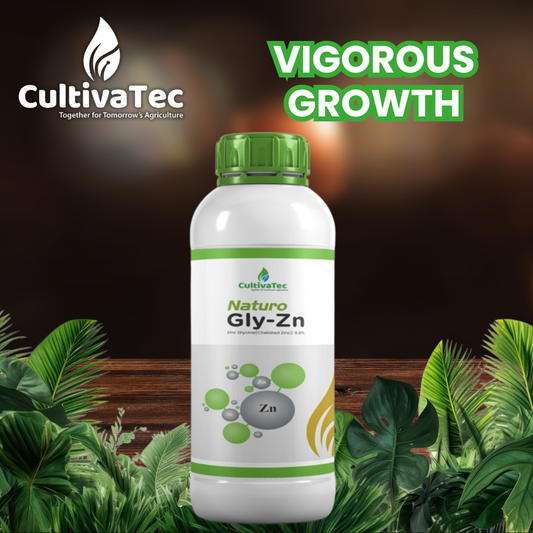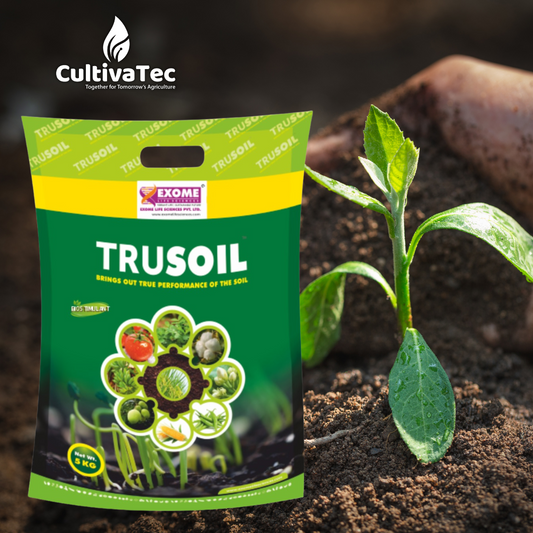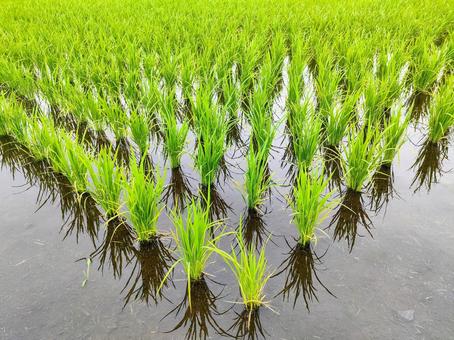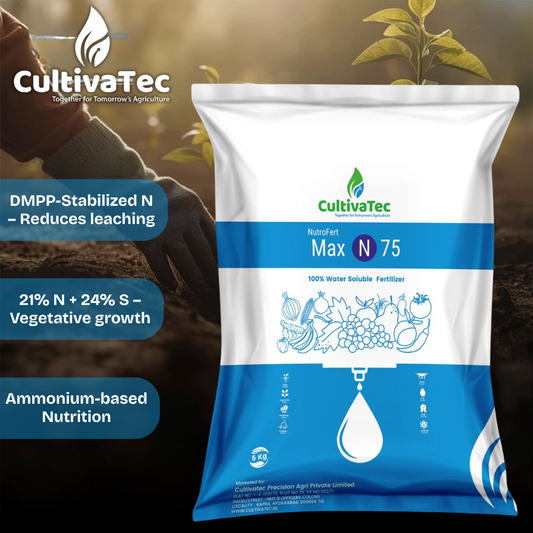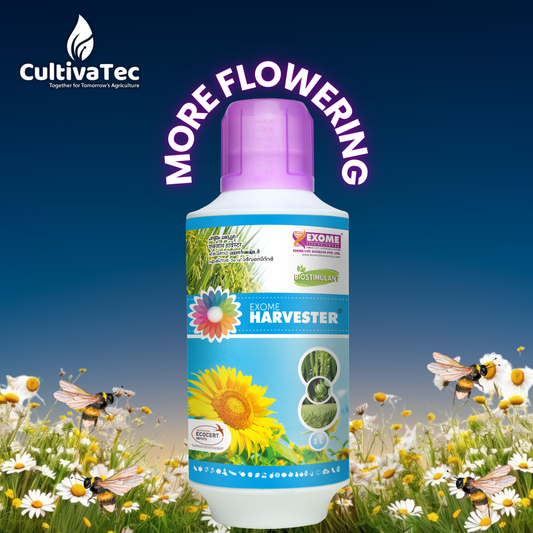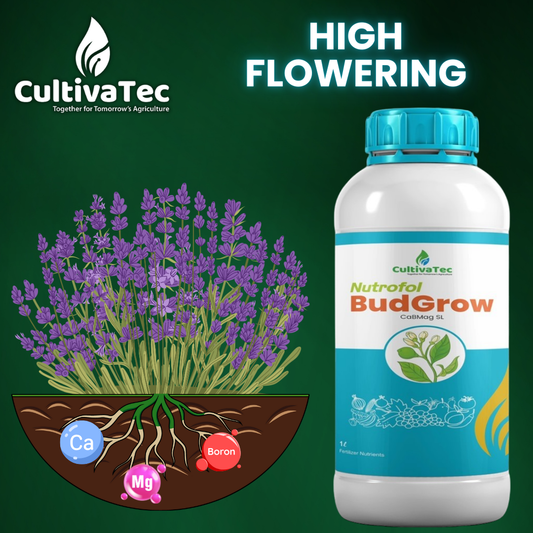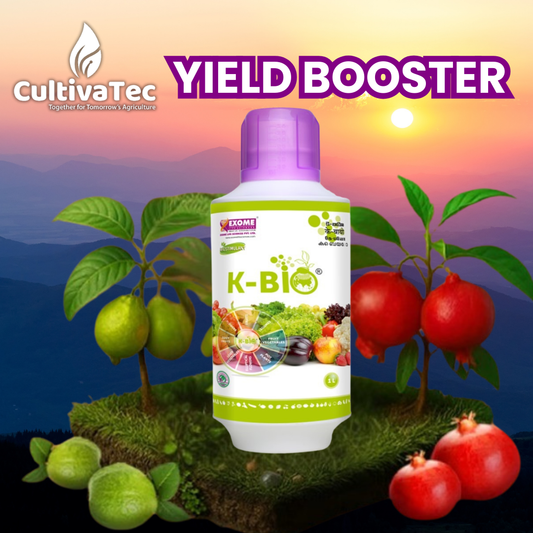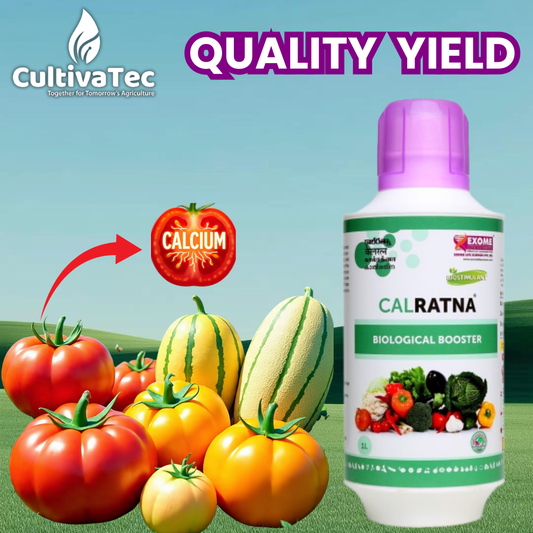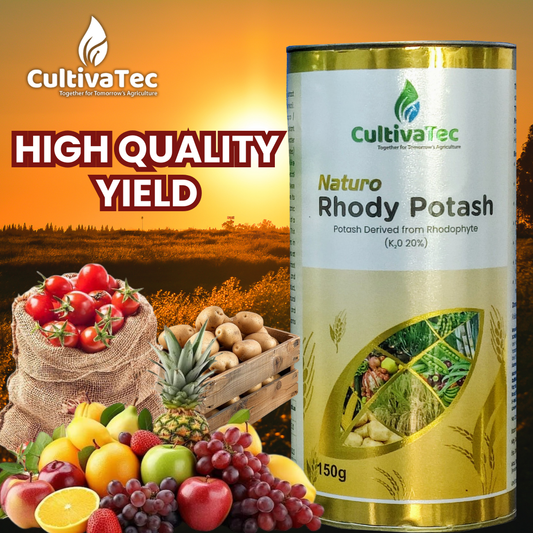cultivatec smart practice
Cultivatec
Expected fertilizer and Agrochemical Expenditure
Rupee 23,000
Expected Harvest
15 quintal/acre
Expected Income [Rs]
Rupee 75,000
standard practice
Standard farming
Expected fertilizer and Agrochemical Expenditure
Rupee 26,000
Expected Harvest
12 quintal/acre
Expected Income [Rs]
Rupee 60,000
Stage 1: Nursery + Establishment (0–20 DAS)
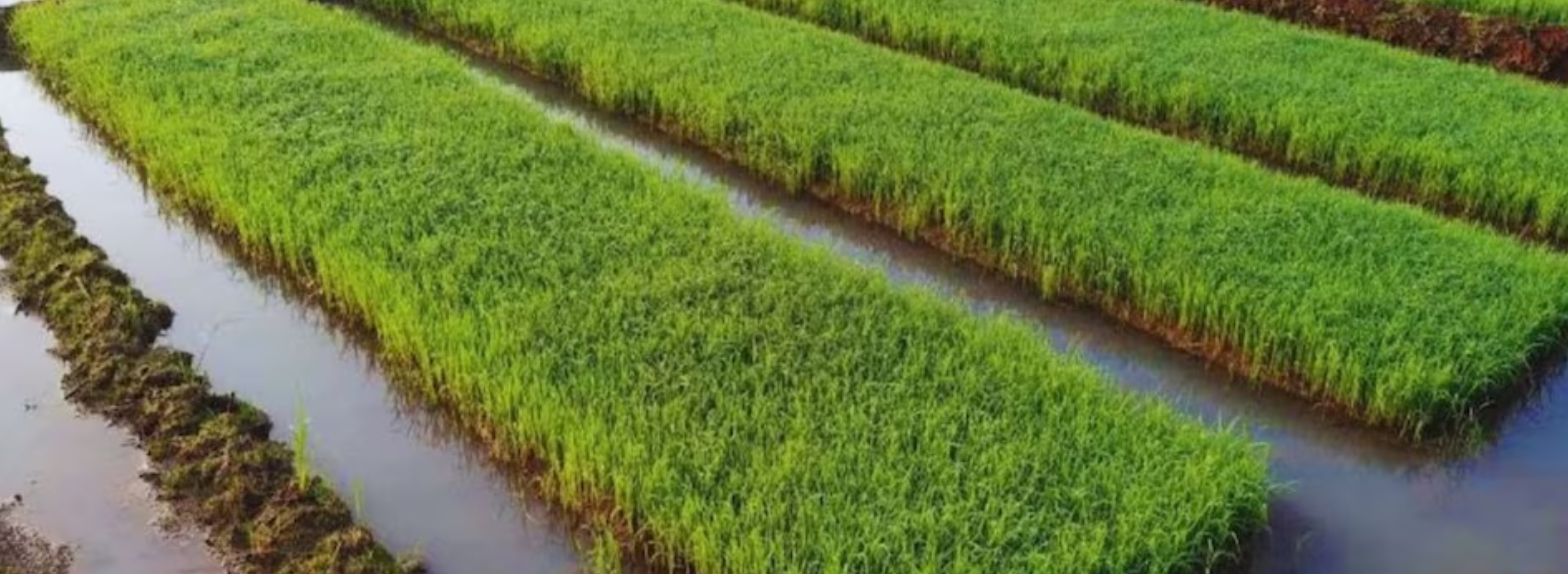
Seedlings germinate and establish in nursery beds. Roots elongate, first leaves unfold, and early tiller primordia start forming inside the shoot base. Seedling sturdiness at this stage determines transplant survival.
Temperature of 25–35 °C is optimal; germination slows below 18 °C. Shallow standing water (2–3 cm) helps suppress weeds but waterlogging or deep flooding must be avoided. Soil pH around 5.5–6.5 ensures nutrient availability. Disease pressure is high if humidity and dense sowing prevail.
Focus on balanced NPK for early vigor, phosphorus for root establishment, and zinc for preventing hidden hunger.
Uniform green seedlings with no stunting
- OR
- OR
- OR
- OR
Stage 2: Main Field Establishment (0–14 DAT)

Seedlings undergo stress recovery after being uprooted and replanted. Roots regenerate, anchor into the puddled soil, and begin active nutrient uptake. The crop canopy starts to expand, setting the base for tillering.
Temperature of 25–35 °C is ideal. Standing water of 2–5 cm ensures transplant survival but deep submergence can cause seedling mortality. Soil should be well puddled and free of standing weeds to reduce competition.
Nutrient Support: Emphasis on nitrogen for recovery and early canopy expansion, phosphorus for root regeneration, and zinc to correct transplant shock. Organic conditioners improve soil aeration, while beneficial microbes reduce seedling diseases.
High number of healthy, green tillers
-
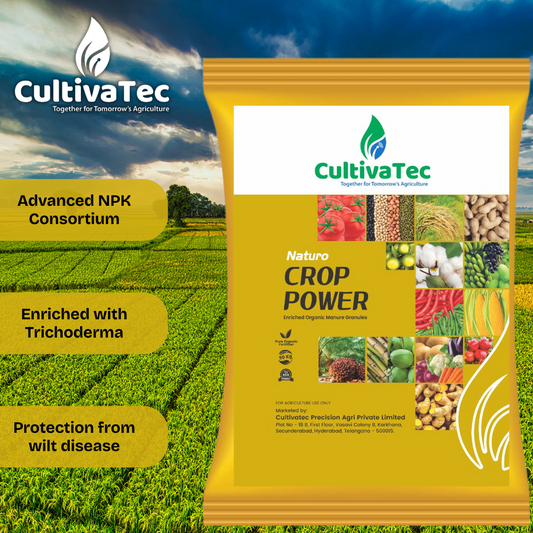 28% OFF
28% OFFCrop Power
Advanced NPK Consortium Enriched with Trichoderma
Regular price MRP: ₹888.00Regular priceUnit price perMRP: ₹ 1,250.00Sale price ₹888.00Sale - OR
- OR
-
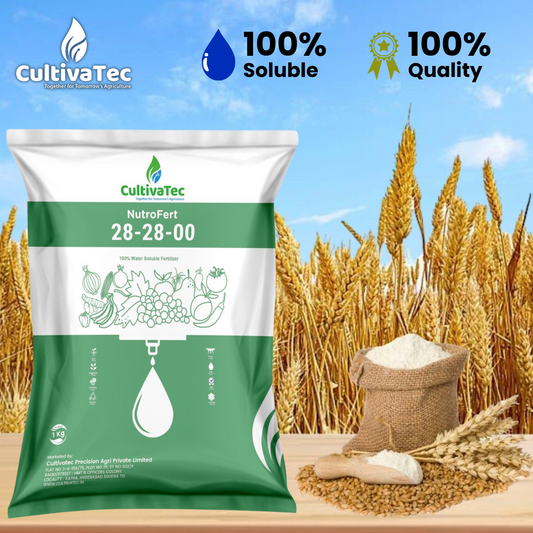 30% OFF
30% OFFNutrofert NPK 28:...
Boosts Plant Growth, Tillering& Root Development
Regular price MRP: ₹245.00Regular priceUnit price perMRP: ₹ 350.00Sale price ₹245.00Sale - OR
Stage 3: Tillering (15–40 DAT)
After establishment, rice plants produce additional shoots (tillers) from the base, which directly determine the number of panicles and final yield potential. Vigorous tillering ensures a dense canopy and higher productive tillers at later stages.
Optimal temperature is 25–33 °C; cooler nights promote tiller initiation. Standing water of 3–5 cm is maintained. Excess water or nutrient stress at this stage reduces effective tiller number.
High demand for nitrogen to drive tiller multiplication, phosphorus to support root branching, and potassium for stalk strength and leaf activity. Zinc correction remains crucial for uniform tiller development.
High number of healthy, green tillers
-
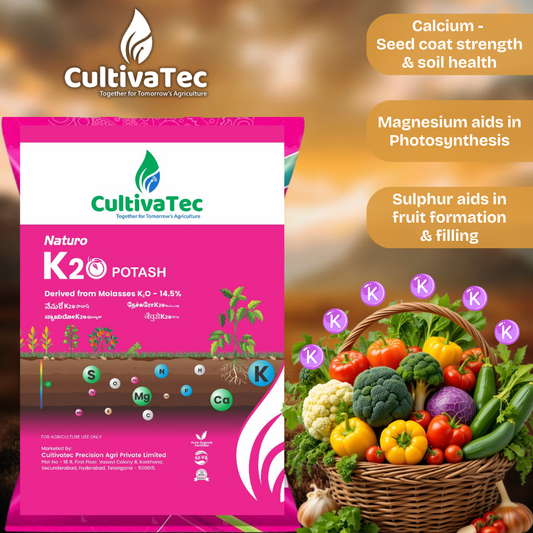 13% OFF
13% OFFK-20 Organic Pota...
Potash Derived from Molasses + CMS
Regular price MRP: ₹950.00Regular priceUnit price perMRP: ₹ 1,100.00Sale price ₹950.00Sale - OR
-
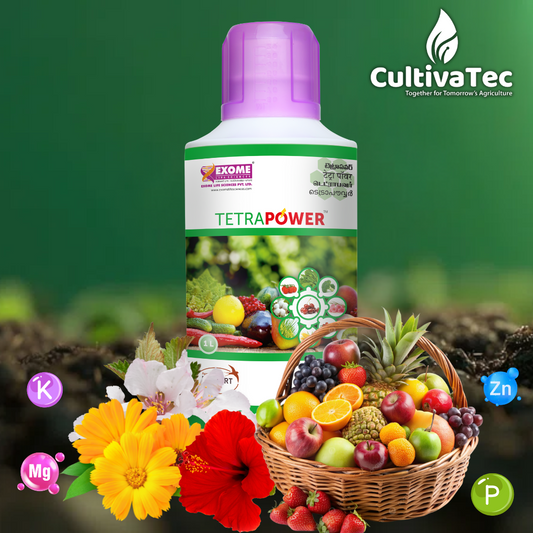 26% OFF
26% OFFTetrapower
Multi-Nutrient Formula for Vegetative Growth & Flowering
Regular price MRP: ₹444.00Regular priceUnit price perMRP: ₹ 605.00Sale price ₹444.00Sale - OR
-
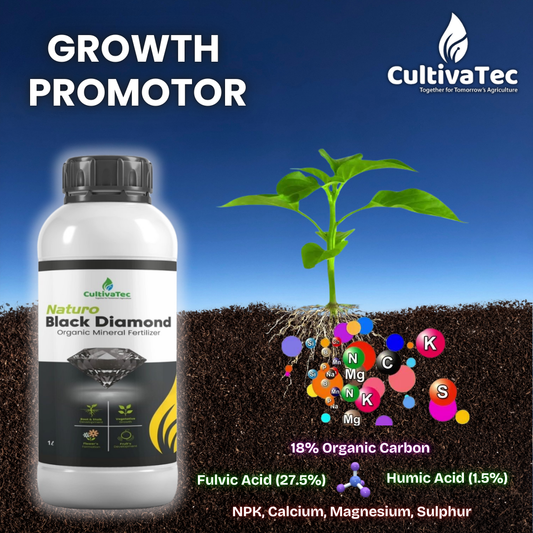 19% OFF
19% OFFBlack Diamond
Premium Biostimulant & Organic Carbon Booster
Regular price MRP: ₹888.00Regular priceUnit price perMRP: ₹ 1,100.00Sale price ₹888.00Sale - OR
Box 2: For green upright leaves
- OR
- OR
-
Nutrofert Max N 75
Stabilized Nitrogen Fertilizer
Regular price MRP: ₹888.00Regular priceUnit price perMRP:Sale price ₹888.00 - OR
Stage 4: Panicle Initiation (40–60 DAT)

This is the most critical transition stage in rice. The plant shifts from vegetative to reproductive growth as the panicle primordia (future grain head) begin forming inside the stem. Management here decides the number of spikelets and grains per panicle.
Temperature requirement: 25–31 °C; stress (heat, drought, nutrient deficiency) at this stage severely reduces grain potential. Water depth should be maintained at 5 cm; avoid both drought and prolonged stagnation.
Strong phosphorus and potassium support panicle initiation, while micronutrients—boron for spikelet differentiation, zinc for pollen viability, and sulfur for protein synthesis—ensure optimal reproductive development.
Uniform booting / panicle primordia formation
-
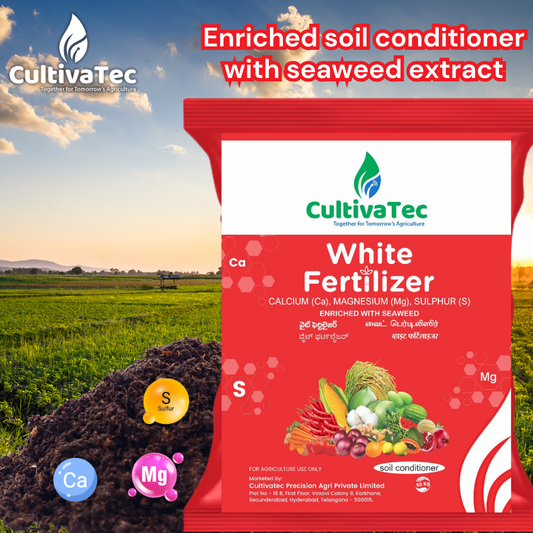 31% OFF
31% OFFWhite Fertilizer
Enriched soil conditioner with seaweed extract
Regular price MRP: ₹888.00Regular priceUnit price perMRP: ₹ 1,300.00Sale price ₹888.00Sale - OR
-
 26% OFF
26% OFFTetrapower
Multi-Nutrient Formula for Vegetative Growth & Flowering
Regular price MRP: ₹444.00Regular priceUnit price perMRP: ₹ 605.00Sale price ₹444.00Sale - OR
-
Nutrofert Max N 75
Stabilized Nitrogen Fertilizer
Regular price MRP: ₹888.00Regular priceUnit price perMRP:Sale price ₹888.00 - OR
Well-formed spikelet primordia:
- OR
- OR
- OR
Stage 5: Flowering (60-75 DAT)
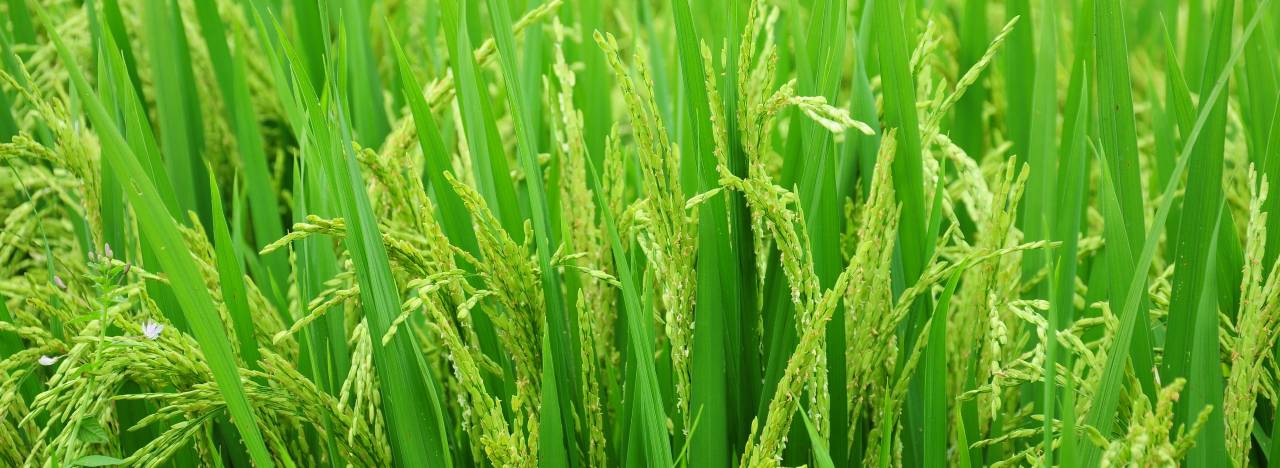
Flowering begins as panicles emerge fully and spikelets start opening for fertilization. Proper pollen viability is critical for grain set.
Temperature should be 25–32 °C; heat stress above 35 °C can reduce spikelet fertility. Water should be maintained at shallow flooding (~5 cm) to avoid stress during flowering. Soil pH of 5.5–6.5 ensures optimum nutrient uptake.
Focus on potassium for carbohydrate translocation to spikelets, boron for pollen fertility, moderate nitrogen to maintain photosynthesis, and supporting magnesium and zinc to strengthen reproductive growth.
Full panicle emergence with strong, erect flowers
Stage 6: Grain Filling (75–90 DAT)
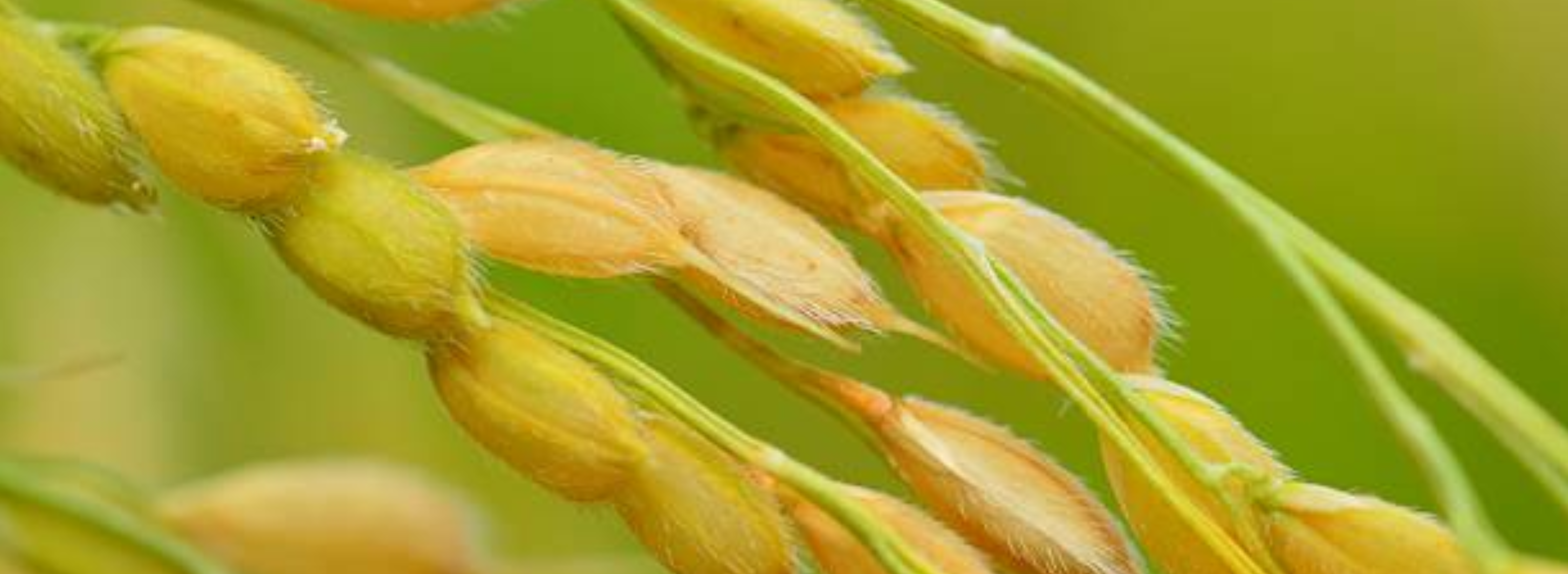
Grains develop and accumulate starch, proteins, and other reserves. Proper translocation of carbohydrates from leaves and stems to developing grains is critical.
Temperature should be 25–32 °C; high heat (>35 °C) can reduce grain weight and quality. Maintain adequate water (~5 cm) to support grain filling, but avoid flooding that may reduce aeration. Soil pH of 5.5–6.5 ensures nutrients are available for optimal grain development.
Focus on calcium for grain strength and shape, potassium for carbohydrate translocation and grain filling, and boron to ensure proper grain development. Magnesium and zinc can be included as supporting nutrients.
Grain Filling Nutrition
Grain Development Support
Stage 7: Maturity (90–110 DAT)
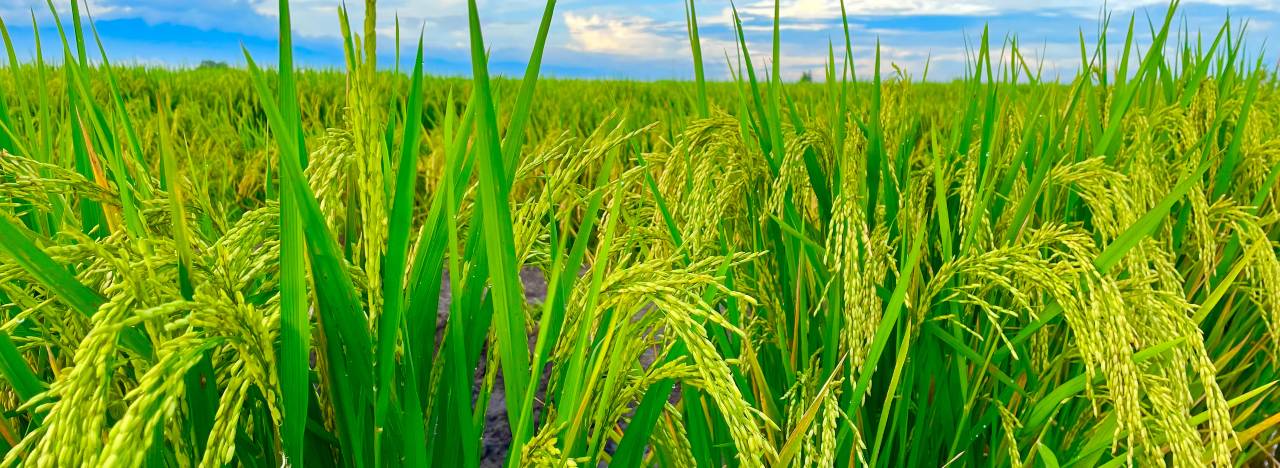
Grains reach full maturity, moisture content drops, and plants begin senescence. Proper nutrient balance ensures grains are firm, healthy, and resistant to shattering.
Temperature should remain 25–32 °C; avoid prolonged heat stress that can reduce grain weight or induce sterility. Water management is crucial — reduce standing water gradually to prepare for harvest. Soil pH around 5.5–6.5 continues to influence residual nutrient availability for grain filling.
Focus on calcium to strengthen grains and panicle structure, potassium to enhance grain weight and quality, and boron to maintain grain fertility and reduce sterility. Micronutrients like magnesium and zinc may be included for final enzymatic and structural support but are less critical at this stage.





